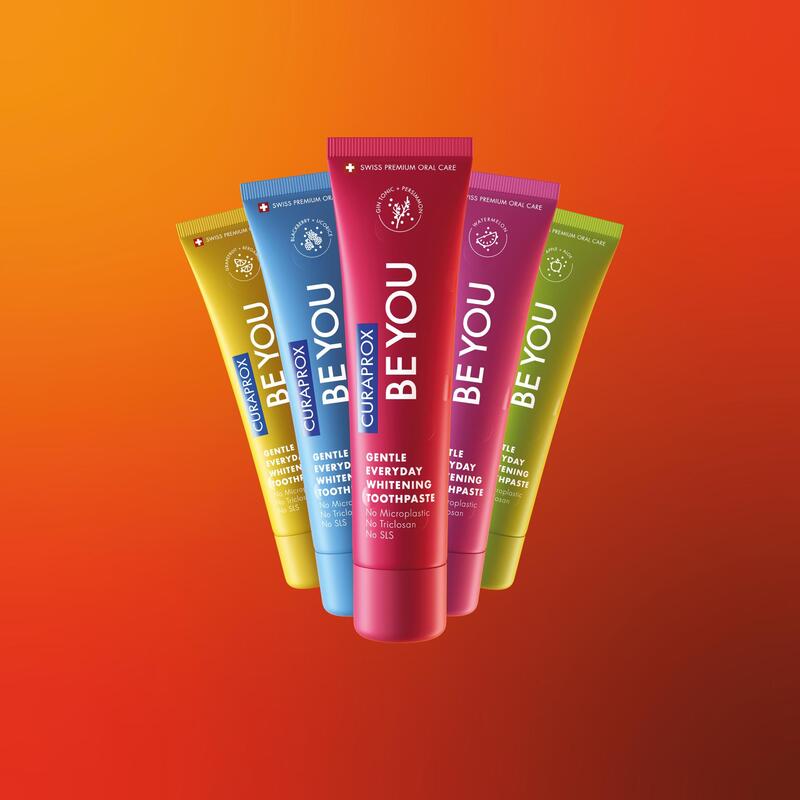
By Danny Chan
When we talk about gentle dentistry, it's not solely confined to a pain-free treatment approach or that which takes into consideration patients with dental anxiety issues. It begins even before your patients set foot in your clinic — with the use of oral care products that are gentle on their teeth and gums.
CURAPROX, a Swiss company founded in 1972, has been at the forefront of this dynamic market. With half a century of success under its belt, the renowned brand has become synonymous with colourful and effective oral care products, including interdental brushes, manual toothbrushes with fine filaments, gentle toothpastes, and state-of-the-art sonic toothbrushes.
More importantly, they make ingenious oral healthcare products that deliver evidence-based gentle dentistry into the hands of consumers.
Pioneers in Effective and Gentle Oral Care
Founded by the Breitschmid family, CURAPROX's parent company, Curaden, has remained committed to its mission of "better health for you" throughout its journey. Similarly, CURAPROX stays true to the brand's unwavering focus on the importance of oral health and its impact on overall wellbeing.
“CURAPROX's rapid progress continues to be driven by new innovations, educational programs aimed at imparting evidence-based oral care techniques, and cutting-edge products,” says Erik Leinius, Managing Director of CUROPROX Australia Pty Ltd.
The unique selling points of a CUROPROX self-care product, he stresses, boil down to two things: Gentleness and Effectiveness. To achieve these attributes, however, is more demanding than it sounds.
“With a focus on ergonomic design, our R&D teams work closely in collaboration with dental professionals and reputable dental universities to develop CUROPROX’s advanced line of manual toothbrushes, power toothbrushes, toothpaste and interdental tools that reflect the latest research findings and patented designs,” he says.
“Because our products have undergone rigorous scrutiny in randomized controlled clinical trials, their efficacy has been resoundingly proven.”
Higher End but Within Reach
Although Leinius admits that the CUROPROX oral care range is considered “higher-end” simply because they are more expensive than what you would typically find on the shelves in supermarkets, they are not priced out of reach for the discerning consumer.
One of their standout products is the CS 5460 toothbrush, which although costs about 30-40% more than most toothbrushes, retails at only $9. Considering what you’re getting from it, most people would agree that it’s competitively priced.
Curaprox's Cult Favorite: The CS 5460 Toothbrush
The CS 5460 boasts 5,460 Curen® filaments working together to combat plaque while being gentle on teeth and gums. The unique brush head features densely packed filaments, providing exceptional cleaning power. Its compact brush head, with a slight angle, ensures optimal cleaning even in hard-to-reach spots.
“With up to ten times the number of bristles found in conventional brushes, the CS 5460's extra dense cleaning surface helps prevent tooth decay and gum disease,” Leinius explains.
“The Curen® filaments used in this toothbrush are incredibly gentle and thin, measuring just 0.1mm in diameter.”
This patented toothbrush is produced in Degersheim, Switzerland – in just the same way that they were over 40 years ago – by highly skilled employees who have undergone extensive training to handle the intricate processes involved in running the factory, working in two shifts to maintain a steady production rhythm.
The factory's impressive output is a testament to its efficiency. In the year 2021 alone, a staggering 18 million toothbrushes rolled off the assembly line. To put this into perspective, it equates to an average of 80,000 toothbrushes manufactured each day or a remarkable rate of over 55 toothbrushes every minute. Curaden has set its sights higher, aiming to produce an astounding 24 million toothbrushes in the coming year.
The CS 5460 is one of few oral care products to have achieved a cult status. Even the brushing technique is proprietary to CUROPROX. While there are various brushing techniques, the CS 5460 toothbrush offers a proven method that suits everyone. Starting with the correct angle — half on the teeth and half on the gums — cleaning gently in small circles ensures effective plaque removal. The toothbrush serves as a guide throughout the process.
The Role of Education
Leinius informs us that this unique marriage between product design and proprietary user technique is something that extends across the CUROPROX range – and they are supported by the company’s educational courses that are designed in collaboration with dental professionals, including academics from European universities in Switzerland, Germany, South America, Italy and Australia (University of Sydney).
“Yes, our primary objective and goal are to work with dentists and provide solutions tailored to their needs. We educate them not only on dental hygiene techniques but also on the latest advancements in the field,” Leinius says.
“We then share our findings with other dental professionals so that they can effectively apply this knowledge and provide the best possible solutions for their patients.”
The company’s iTOP training courses serve as a platform for dentists and dental professionals to acquire international learnings and recommend the most suitable products for their patients. The online courses offer 6 CPD points for each attendee, in addition to a Curaprox hydrosonic toothbrush valued at the same price as the courses.
Online Presence
CURAPROX Australia also runs an online shop for their oral care products, ensuring accessibility for patients.
“While we primarily focus on the dental industry, approximately 90%, the remaining 10% caters to patients who may need access to the products without direct recommendation or sale by their dentist,” he continues.
“To meet this demand, we are expanding our pharmacy portfolio and increasing our online presence through social media and our webshop.”
Available from the Curaprox Australia webshop are other high-profile products developed in partnership with university-based experts, including the Curaprox Perio Plus and the high-grade toothpaste known as the Be You Toothpaste.
Embracing Nature: Curaprox's Natural Oral Care
“Perio Plus+ is a Chlorhexidine Mouthwash derived from the pith of the bitter orange, which refers to the white coating found inside the orange peel. This pith is the source of two important components in Perio Plus,” Leinius explains.
“It is worth noting that the pith of the bitter orange acts as nature's strongest antiseptic agent, which is why oranges are not consumed by bugs and are resistant to molds, viruses, and bacteria.”
The company has transformed this potent antiseptic into a powder form and incorporated it into their mouthwash and toothpaste products. As a result, Curaprox products possess powerful antibacterial properties derived from a natural source.
“As a company, we are committed to incorporating more natural, antibacterial ingredients into our formulations and moving away from chemicals and petrochemicals,” Leinius adds.
Likewise, the Be You toothpaste, which was launched three years ago alongside Perio Plus+, contains more natural ingredients than traditional toothpastes including Citrox.
“It comes in six different flavours, as we have moved away from traditional minty toothpaste options,” Leinius says.
“The Be You toothpaste is also vegan, and we have made sure to include all the beneficial ingredients while excluding any harmful ones. For instance, we have removed sodium lauryl sulfate (SLS), a common ingredient in many toothpastes.”
Additionally, the toothpaste is free from microplastics, which are often added for abrasiveness. Instead, it has incorporated hydroxyapatite, among other beneficial components.
Curaprox's Global Impact and Exciting Future
With such groundbreaking innovations, it’s no wonder that Curaprox is the fastest growing oral hygiene company in the world. Leinius describes the positive feedback that he’s been receiving from Australian dentists, dental hygienists and consumers as “exhilarating”.
“Watching the growth of our company and the dental industry as a whole is a source of excitement. Our expanding education program is something we take great pride in,” he says.
“We have a wealth of valuable information that we are eager to share with and that deserves to be heard by the Australian dental community. Look out for them!”

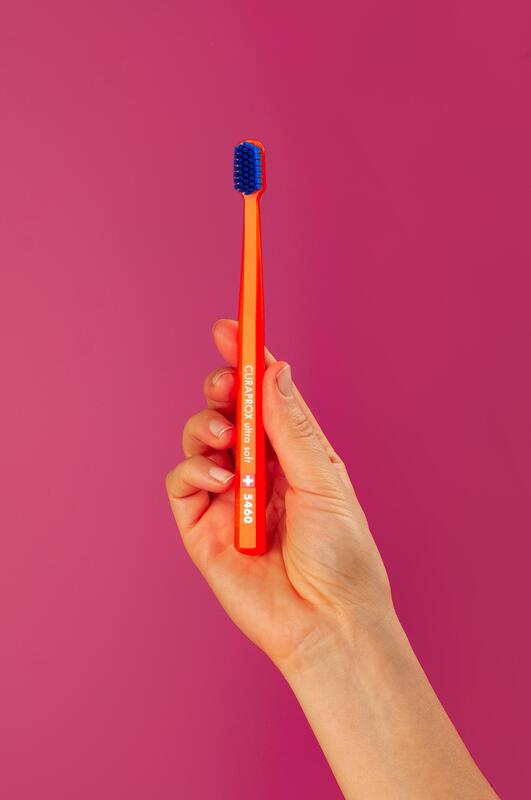
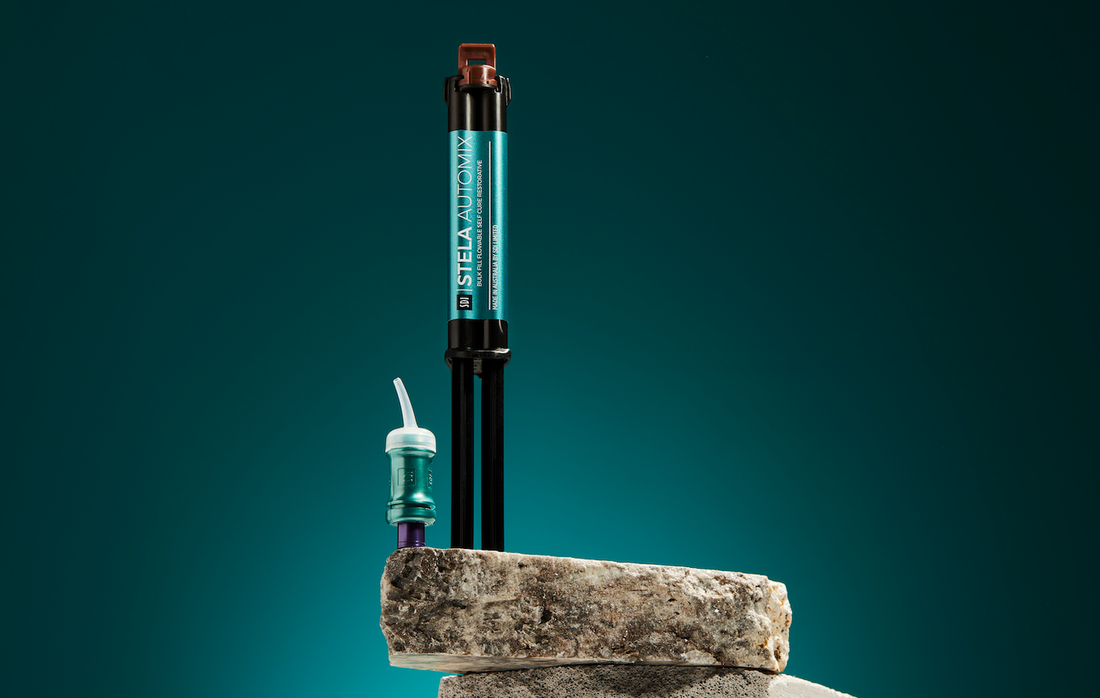
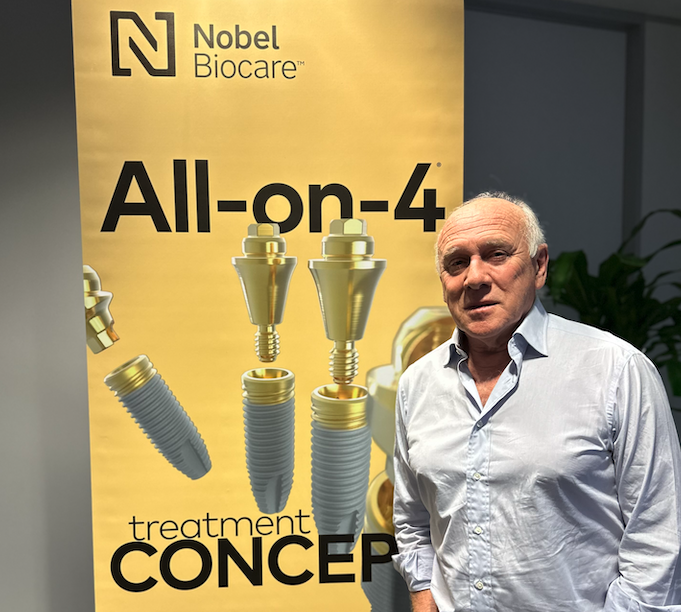
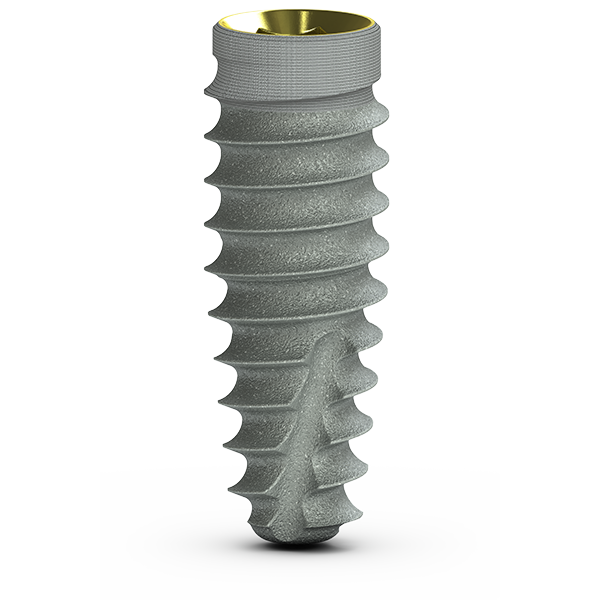
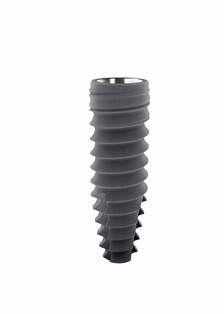
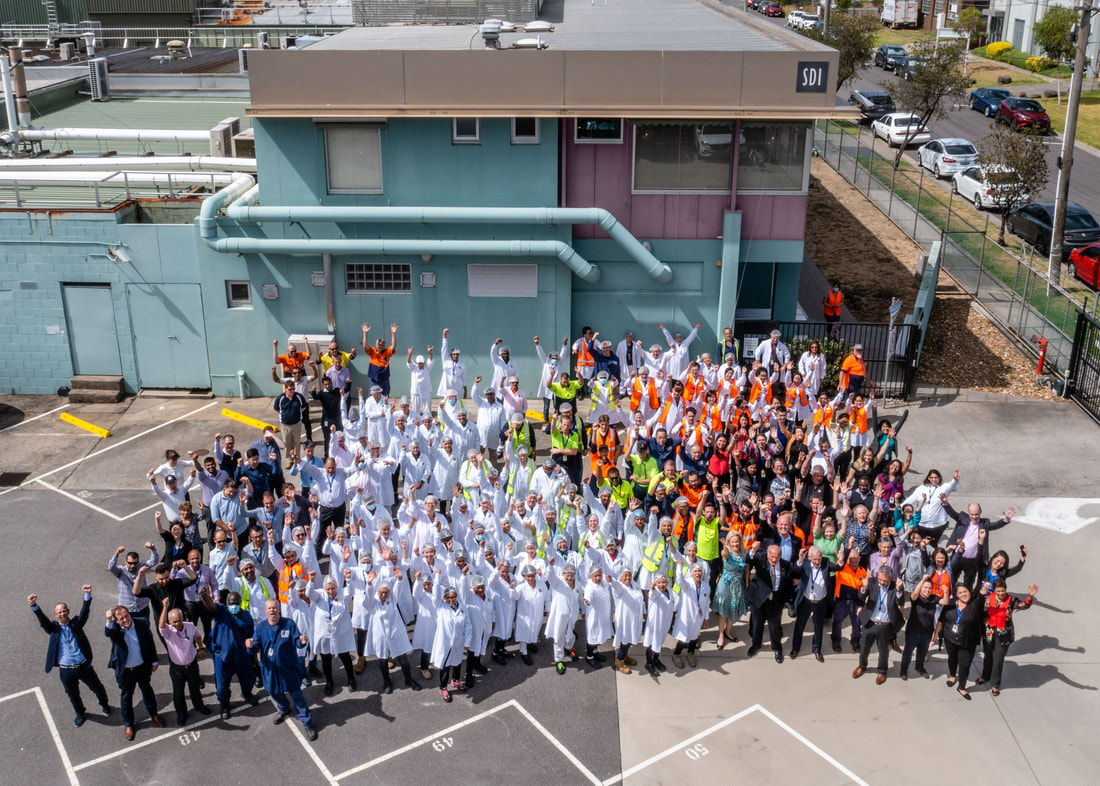
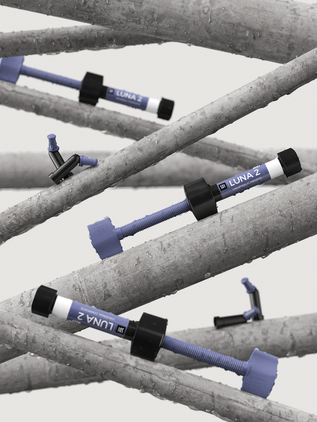
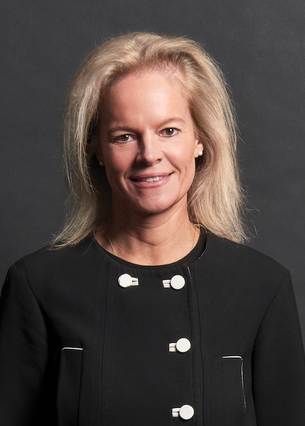

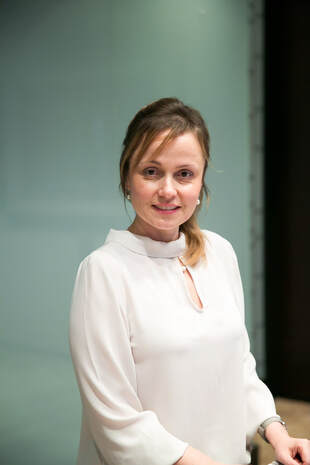
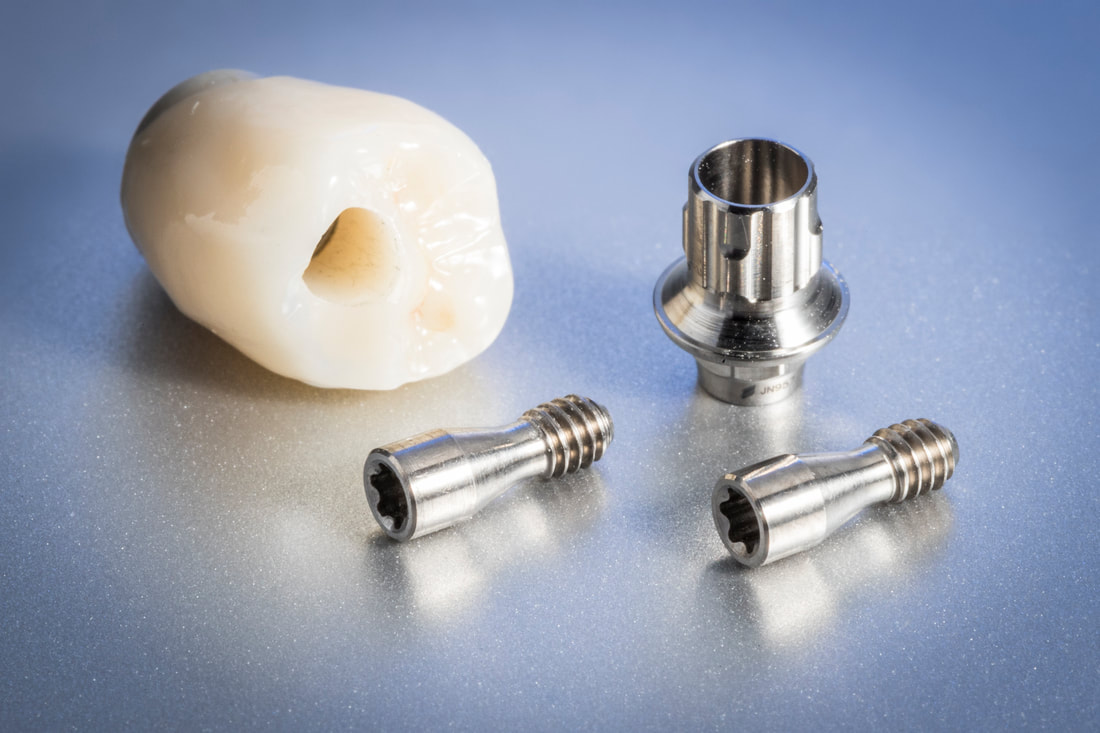
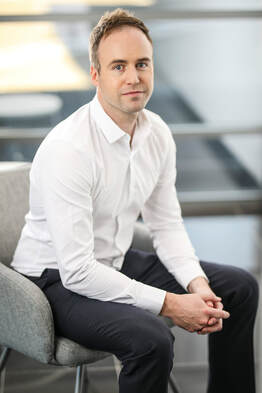

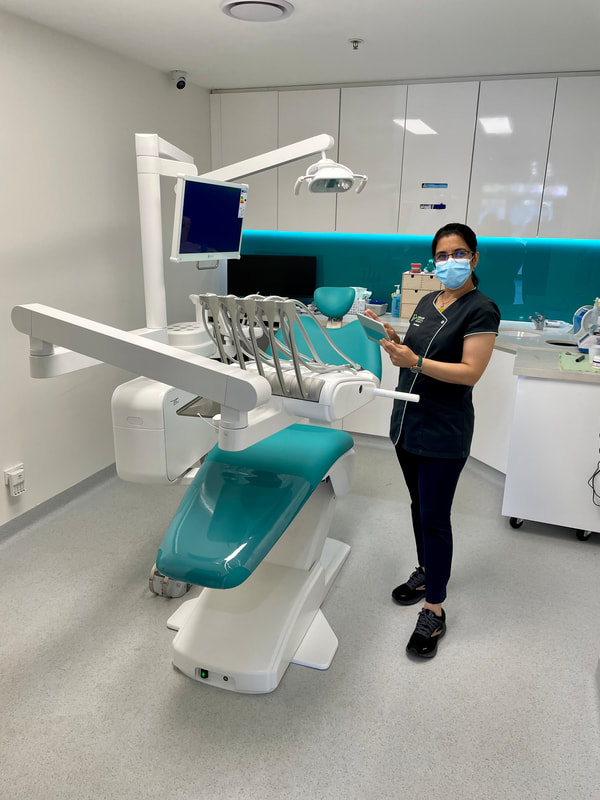

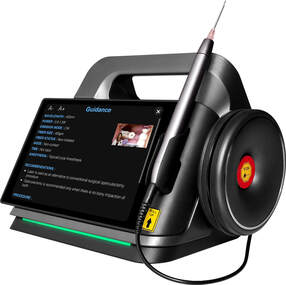
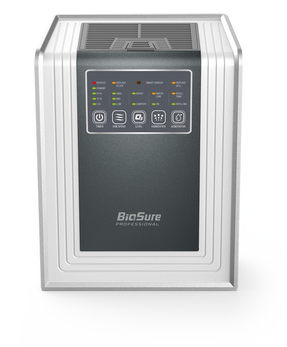
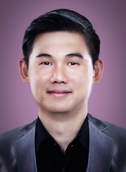
 RSS Feed
RSS Feed
